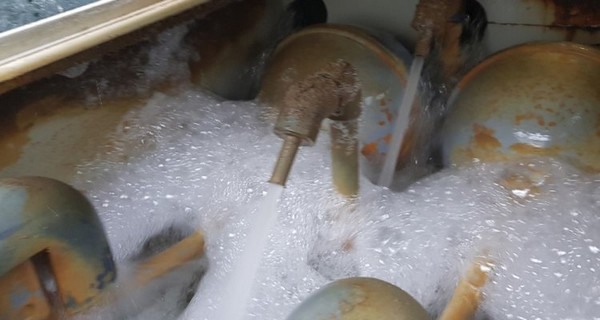Many growers use cleaning and disinfecting agents such as hydrogen peroxide and chlorine bleach. The crop can come into contact with these agents. It is not yet known which of these substances causes damage and at what concentration. That is why the Greenhouse Horticulture and Flower Bulbs Business Unit of Wageningen University & Research is using a so-called plant response test to investigate which cleaning and disinfectants growers should be extra careful with.
The plant response test examines three crops: garden cress, yellow mustard, and sorghum (a cereal). The reason for this choice is simple: the crops are very sensitive. If an agent does not cause damage to one of these crops, it can be assumed that other crops will not be affected by that agent either. Another advantage is that the three crops germinate quickly and can be grown in a laboratory. The research, therefore, produces results quickly.

The seeds of cress, yellow mustard, and sorghum are exposed to an amount of, in this case, detergent or disinfectant. After 48 hours, the shoot and root length are compared with that of a control group. This then shows which concentration of which agent has a negative effect on the crop. This level is reached quickly with cleaning agents: after all, these agents are not intended for use in a hydroponic system. Disinfectants can be used to clean water pipes, so they are more likely to come into contact with crops.
Various substances will be investigated during the research, such as chlorine dioxide, hydrogen peroxide, and chlorine bleaching water. In addition, different brands will be examined. The aim of the research is for growers to know more about the effects of these widely used products on their crops. They can then decide for themselves which of them they are extra careful with, or even not use at all.
 For more information:
For more information:
Wageningen University & Research
www.wur.nl
